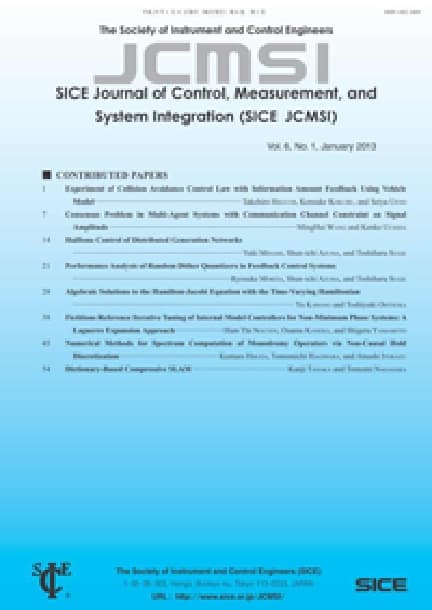Convergence Error Analysis of DSM with Dual-Decomposition for the Smart Grid
Yoshiro FUKUI, Shiro YANO, Tadahiro TANIGUCHI
pp. 115-121
DOI:
10.9746/jcmsi.9.115Abstract
In recent years, demand-side management (DSM) has attracted increasing attention in balancing the demand and supply of electricity for future smart grids. Particularly, many researchers consider DSM with dual-decomposition for which the theoretical properties are based on Lagrangian relaxation. It has been proven that the optimal profile of generation and consumption using DSM with dual-decomposition can be obtained. However, the convergence error and the existing range of the optimal price have not been analyzed sufficiently, nevertheless the success of dual decomposition centers on finding an good solution. In this paper, we consider the expanded electricity grid model based on Atzeni and Samadi's model. We introduce a day-ahead pricing algorithm, which is an extension of Samadi's algorithm, and we analyze the error and the range. Finally, we show the main parameters that have an impact on price through this theoretical analysis, that is, the maximum sell and purchase value have an impact and the maximum values of other parameters do not.









